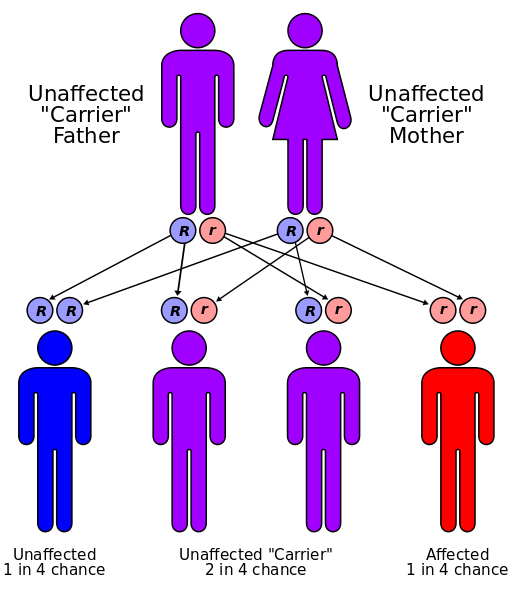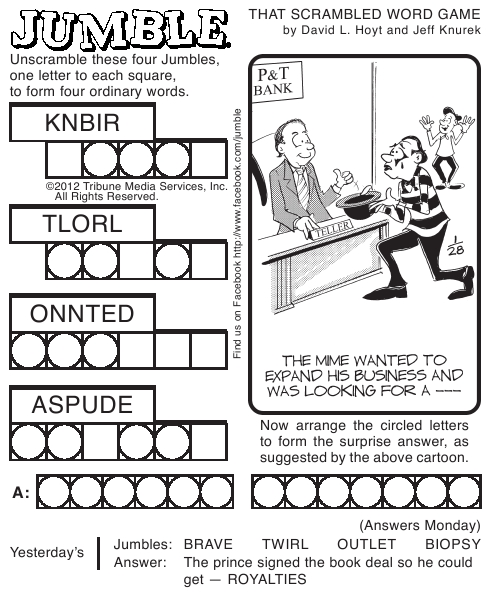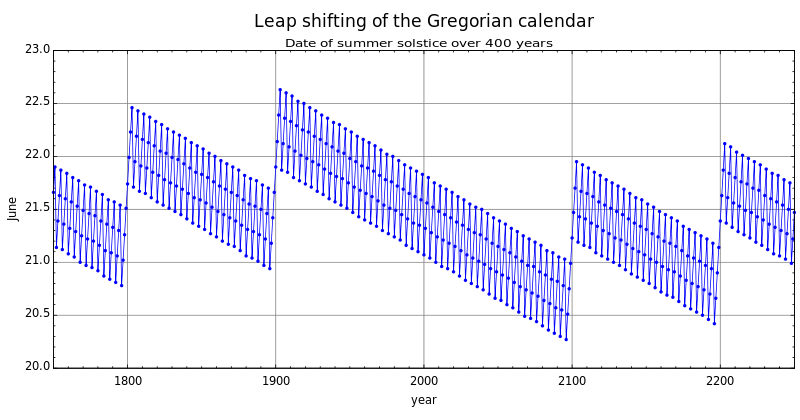I am not a biologist, nor do I play one on TV. I like to think I have a decent understanding of general science, a working knowledge of logic, and a better than average ability to know when I’m wrong. All three of those failed me when it came to a discussion I had on genetics.
For those of you who don’t know, I run lead on a science podcast called The Wonder of Reality; I do most of the writing and research on the topics and I do a lot of fact checking. Shortly after we released an episode on the eye and how rods and cones work together to give us colour vision, I had a discussion with a friend about genetics and why cones and rods are shaped as they are. When we started talking about mutations and evolution I quickly brought up the case of blue eyes. Blue eyes are a recessive trait and only appear when the mother and father are both blue eyed (or so I thought). Because it was recessive and required both parents to have blue eyes, I was sure that being blue eyed would die out. I was dead wrong.
To understand just how wrong I was, let me first explain how recessive genes actually work. When you were born you got genetic information from your father and mother. In the case of recessive genes, think of it like getting a coin from each of your parents upon your conception: they can either be heads or tails. Recessive genes have to both be heads for you to exhibit that trait, otherwise it’s default tails-land.

via pcadams
“Ah man, just one heads away from having wings!”
But where do your parents get these recessive genes to give to you? Each of your parents have two of them and upon your conception randomly choose which one they’ll each give you. If your parents both have tails then you only get tails, or if they only have heads then you get two heads. It gets tricky when things aren’t so strange forward though. If your parents both have one heads and one tails, there’s a 25% chance you’ll get two heads: there’s a 50% chance you’ll get it from your mother and a 50% chance from your father, giving you a 50% * 50% = 25% chance overall. And this is the first part of where I went wrong.
#1 Even if both parents do not show the recessive trait, their children could
In terms of blue eyes, this means that two brown eyed parents can give birth to a blue eyed child. For this to occur, both parents would need to be “carriers” of the recessive gene and have one heads and one tails in our analogy. If one parent doesn’t have the recessive gene at all, there’s no way for their children to express that trait (because they could only get one copy of the gene from the other parent). However, their grandchildren could express the trait, which leads me to the second fact I got wrong.
#2 Recessive genes do not have a tendency to die out

via Cburnett
“‘Carrier’ is the politically correct term for ‘mover'”
To put this last statement in context, examine the image above. Two “carriers” have a 25% chance of having an unaffected child, a 25% chance of having an affected child, and a 50% chance of producing more carriers. In the first generation half the genes are R (tails) and the other half are r (heads), and looking across the four children we see that half of the genes are R (tails) and half are r (heads). This isn’t just a fluke. If we started with two affected individuals, they would only produce affected individuals conserving the 100% heads through the two generations. (It’s left as an exercise to the reader to prove that this is true in unaffected-unaffected, affected-unaffected, carrier-affected, and carrier-unaffected pairings). To say it directly, the starting ratio of recessive:non-recessive genes should stay the same throughout all generations; being blue eyed will not go away.
What does this mean? It’s estimated that 1/6 of the United States population has blue eyes and a current population of roughly 317 million people. Assuming that the distribution of genes is completely random, this means 1/6th of the population (53 million) is affected, 65% of the US population are carriers (206 million), and the remaining 58 million are unaffected, meaning that out of the 634 million genes we’re talking about roughly 1/2 (312 million) of them are recessive. But what would happen if we made two more assumptions: that the US was the only country to have this recessive gene (it’s not) and that everyone started randomly mating, thereby redistributing the blue-eyed gene throughout the world. The United States only accounts for ~4.4% of the world population of over 7 billion, so those 312 million recessive genes now pale in comparison to the 14 billion non-recessive genes. Assuming a random distribution again this would leave 3.5 million affected, 307 million as carriers, and roughly 6.7 billion people unaffected. While recessive genes will not disappear, they will manifest less as the recessive gene goes from a high concentration area to a low concentration area, and this was the fact that confused me.

via Wired
“Tear gas is only effective when it’s concentrated, otherwise it’s just air pollution”
These realizations were prompted by an article I read stating that “Blue-Eyed Humans Have A Single, Common Ancestor” as recent as 6,000-10,000 years ago. Could one person have a mutated version of their genes with this recessive trait, and over thousands of years had it spread to millions of people? We know that there are at least 53 million people with blue eyes in the world, meaning that at least 1 in every 132 of these eye-colour genes are “blue”. Around 6,000-10,000 years ago the world population is estimated to be around 5 million, but let’s even low-ball that to 1 million people. At this time the ratio of “blue eye” to “brown eye” genes is 1 to 2 million, and since we early concluded that randomly picking genes shouldn’t change the ratios, there’s no way to go from 1 in 2 million to 1 in 132. Historically there would have to be major wars that killed large numbers of people without the blue eye genes.
Alternately, it might not be completely random which gene is passed on. Over 10,000 years there would have been roughly 400 generations (assuming that a generation happens roughly every 25 years), and our rough calculations from before require that the gene multiply itself 15,000 fold. By itself this would require that the “blue eyed” gene passed itself on 51.2% of the time, a number only slightly higher than the assumed 50%. Given this information, it seems plausible that both human made events and some genetic-bias to blue eyes could have spread the mutation into the millions of people who have it today in the time span of 10,000 years.
Where does that leave our discussion on genetics? Even with there being no known evolutionary advantage for blue eyes, the trait has spread to millions of people and is not expected to die out. The idea that something we take for granted today might only have come about in the last 10,000 years is amazing. It may not be a big thing, but it is proof that we’re still evolving and mutating. And finally, always be ready to admit that you’re wrong and learn something cool in the process.





